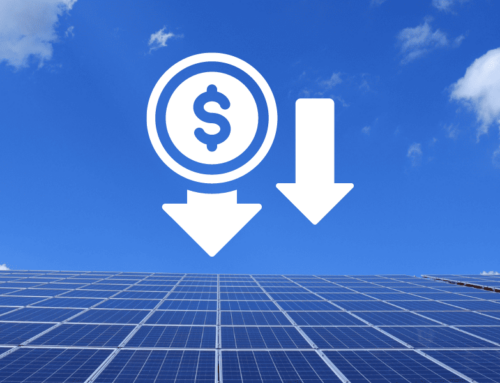An analysis by the National Renewable Energy Laboratory (NREL) suggests home solar costs 2-12% more in early 2022 versus 2021. Extreme market conditions pushed up the price of modules, inverters, labor, and permitting. The good news? Solar costs are very likely to decrease in 2023, making rooftop renewables affordable for more homeowners.
In November 2022, the National Renewable Energy Laboratory (NREL) published its analysis of the cost of solar and energy storage (battery) system installations for the first quarter of 2022. The data shows higher solar prices compared to expectations. In fact, analysts noted that “extreme market conditions in 2021 and the early months of 2022 may have added 13-15% increases in costs to solar prices beyond what long-term trends had predicted.” Those extreme market conditions are subsiding, and prices seem to be stabilizing. The cost for solar may well be lower for 2023.
What makes up the cost of home solar?
Much of the cost of home solar is made up mostly of soft costs. These include costs for:
- Permitting
- Sales tax
- Interconnection and inspection fees
- Transmission lines
- Profits
- Other overheads
If you live somewhere where there’s no sales tax (Alaska, Delaware, Montana, New Hampshire, and Oregon) or where home solar is exempt from sales tax (such as Arizona, Colorado, Florida, New Jersey, and Washington), your upfront costs will be far lower. Similarly, some cities and states have regulations that limit the cost of permits for home solar and put a cap on how much a utility can charge for interconnection (Colorado and California, for example).
How much home solar cost in 2021 and 2022 (and how much it might cost in 2023)
The modeled market price (MMP) given by the NREL for Q1 2022 was 2-12% higher than for Q1 2021. Put another way, if your neighbor installed solar in January 2021 for $30,000 and you installed the exact same system using the same installer in January 2022, chances are you paid $600-$3,600 more.
Inflation, market conditions, and supply chain disruptions caused increases and projections of increases in the cost of solar from 2021 through 2022. Early projections showed home solar in early 2023 increasing another 2-12% more than in 2022.
However, we have started to see inflation fall, and more people are being trained to install solar; plus, there are huge investments from the federal government. In addition, many serious supply-chain issues have already been resolved, including a ban on imports of solar modules.
There is also a prediction of a significant drop in the cost of battery storage during early 2023. This would bring the cost of solar storage well below levels seen in 2022, where supply chain issues saw prices skyrocket.
In real terms, that might mean the $30,000 system installed in 2021 may cost something akin to $32,256-$26,880 in 2023 and beyond.
Final thoughts on the cost of home solar in 2023
All in all, home solar remains a good investment for most homeowners, especially in areas with higher or ever-increasing electricity prices. Many states, cities, and utilities still offer generous rebates, tax credits, and other solar incentives, including net metering. Some states, cities, and utilities are adding further incentives for battery storage connected to the grid.
In addition, 2022 saw the federal government reinstate and increase the federal solar investment tax credit (ITC), meaning many homeowners can claim 30% of the cost of home solar on their personal income tax when filing in 2024. This can significantly reduce the solar payback period, meaning free electricity for years to come.
To find out more, contact us today!







